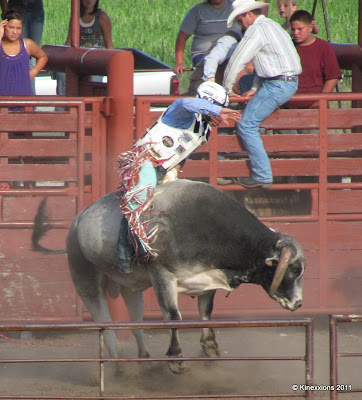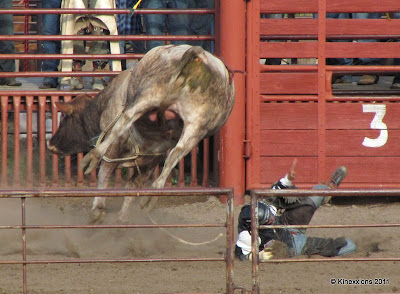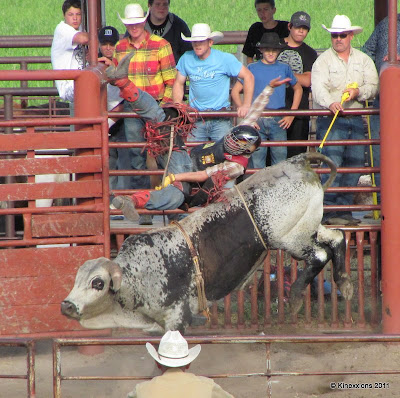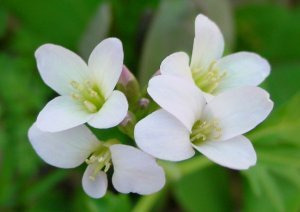















 Being a "Mount Rainier VIP" (did you realize that volunteers are labeled "VIPs" because they are "Volunteers In Parks?") allowed me to recently take a private tour of the new Jackson Visitor Center and remodeled Paradise Inn.
Being a "Mount Rainier VIP" (did you realize that volunteers are labeled "VIPs" because they are "Volunteers In Parks?") allowed me to recently take a private tour of the new Jackson Visitor Center and remodeled Paradise Inn.  Exploring the bowels of a major construction site was a fascinating and educational experience. The first notable surprise was how many people were actually involved in the project, and the variety of different tasks they were all doing.
Exploring the bowels of a major construction site was a fascinating and educational experience. The first notable surprise was how many people were actually involved in the project, and the variety of different tasks they were all doing. Another interesting fact about the visitor center construction site is that it features a "Dance Floor." Not your Saturday Night Fever variety, but a giant platform -- nicknamed the Dance Floor -- that is suspended 24 feet in the air. Above that false floor is another 24 more feet of scaffolding that enables workers access to the fifty-foot high pitched ceilings.
Another interesting fact about the visitor center construction site is that it features a "Dance Floor." Not your Saturday Night Fever variety, but a giant platform -- nicknamed the Dance Floor -- that is suspended 24 feet in the air. Above that false floor is another 24 more feet of scaffolding that enables workers access to the fifty-foot high pitched ceilings.
Burr notes that working on the high ceiling was one of the most challenging elements of the project. The Dance Floor was created because they couldn't fit a "lift" inside the doorway of the building.
Another cool feature of this project -- designed to address the weather challenges of Paradise -- is a scaffolding that extends beyond the roof-line by 10 feet. "That way that people can work on the outside of the building from the inside, without being killed by snow falling off the roof,” says Burr.There are even more people working at the Paradise Inn-- 40-50, says Burr. The goal is to rehabilitate the 86-year old building so that it retains its rustic feel but can better withstand the ravages of time and weather.
To make the building stronger while keeping the historic atmosphere, many of the original beams, planks, and logs in the walls and floors were taken out, reinforced with concrete and steel, and then put back. The Inn has seen a lot of wear and tear over the years. Earthquakes and large snow-loads have made the floor uneven, pushed on the walls and created gaps and even some trenches throughout the structure.
One such trench in the corner of the dining room was so big that Burr wondered if “they were gonna dig up some skeletons?” Seriously though, an NPS archaeologist did examine the area and thankfully, no skeletons were found (Remember... Redrum...).
One big challenge for this type of construction project is to keep employees working at Paradise. "It's not an easy job," says Burr. To those of us who visit Paradise for those gorgeous views and hikes, it might be hard to imagine what could be so difficult about working there. (It beats a cubicle, doesn't it?) But the commute is quite long and many of the workers reside in temporary housing. And then of course, there is always the threat of crashing your truck on a slick icy road that is threatened by avalanches, or the joy of digging it out of the snow daily.
Burr, however, has enjoyed the job and his surroundings. "Some people don't even like to look at the view. But I take as many pictures as I can." Photos by Burr, Agiewich and NPS.






